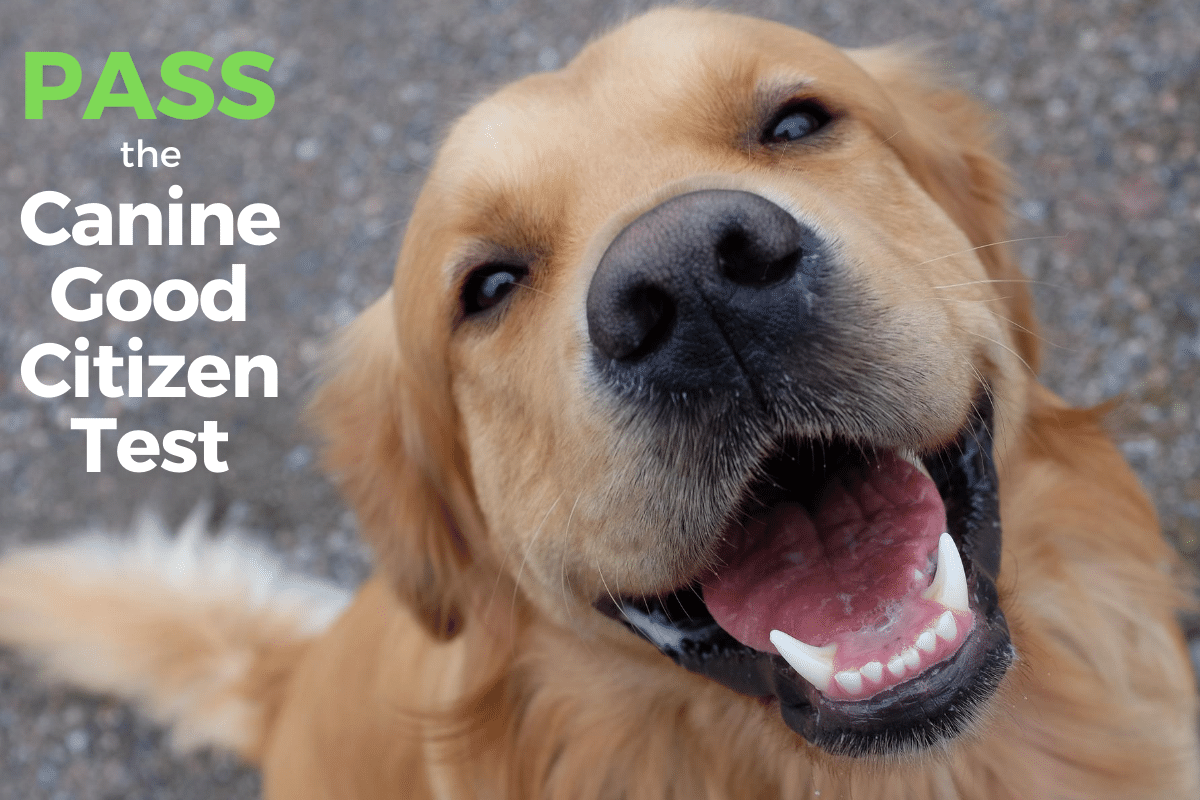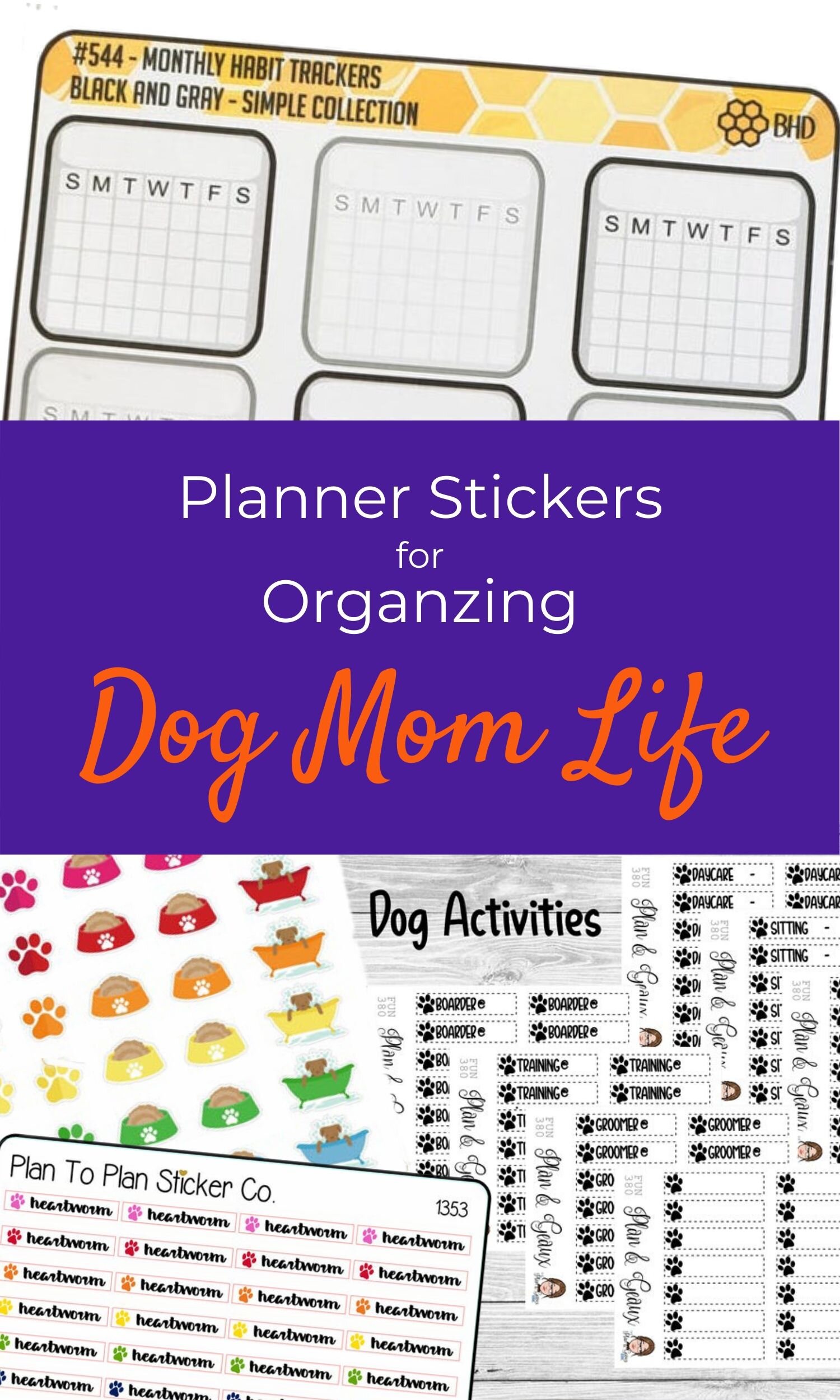Canine Good Citizen Training Tips: Coming When Called
/Training a solid recall should be a priority for every companion dog parent. Aside from making your life with your pet much easier, knowing that your dog will come when called gives peace of mind.
You will accidentally drop your leash at some point. A collar or harness may slip off or break. Your dog may escape your yard. If you’ve trained a solid recall, these unpredictable situations are much less scary.
When I’m training a recall, I’m thinking more about emergencies than passing the Canine Good Citizen Test. Thankfully, that diligence in training gets rewarded on the CGC Test with a task that’s really not that demanding.
Task #7: Coming When Called
The AKC description of this seventh test reads:
“This test demonstrates that the dog will come when called by the handler. The handler will walk 10 feet from the dog, turn to face the dog, and call the dog. The handler may use encouragement to get the dog to come. Handlers may choose to tell dogs to “stay” or “wait” or they may simply walk away, giving no instructions to the dog.”
According to the CGC Evaluator Guide, the evaluator looks for four main behaviors:
Dogs who attempt to follow the handler may pass the test. The Evaluator should distract the dog. The test begins when the handler calls the dog.
The handler can bend down to call the dog, pat his or her legs, and make encouraging sounds.
Handlers may call the dog more than once (two or three attempts) but if many, repeated prompts are required, the dog should not be passed.
Dogs should not be passed if handlers have used the long line to “reel in” the dog. Dogs should come on their own when called. The Evaluator who sees that a handler is starting to reel the dog in may stop the exercise, give instructions to the handler, and start over.
Watch the video below for a few quick demonstrations of how evaluators will ask you to demonstrate that your dog will come when called for the CGC Test.
Disclaimer
Before you start reading the training tips, please remember I am not a professional dog trainer. I am a dog parent just like you who wants my dog living up to CGC expectations for being a well-mannered pup in public. I’ve pulled these tips from a variety of sources, including online videos, webinars, books, and dog obedience classes I’ve attended. I’ve used all of the tips I suggest, but not all of these ideas may be right for you or your dog.
If you’re serious about wanting your dog to be a good neighbor, you should absolutely 100% be working with a professional dog trainer. Read more about why working with a professional dog trainer is one of the best decisions you’ll make for you and your dog. Once you’ve found a professional dog trainer who understands you and your goals, then online resources can serve as helpful reminders and inspiration.
Understanding the test scenario
You’re recalling your dog from just 10 feet away.
You’re allowed to call your dog up to three times.
You can use whatever hand gestures you like.
You may make encouraging sounds.
I have attended many obedience classes. Every one of them stressed the importance of a good recall. Over the 6-8 weeks of training classes I’ve seen every dog make improvements, including with the shakiest of recalls.
If you’ve been taking obedience classes with your dog, then practicing his recall has been on your homework check list, so recalling your dog from 10 feet should not be overly challenging.
Practicing for a solid recall
The CGC Test for recall is quite manageable, especially if you take the time to practice recalling your dog to you. And what better way to make practice more fun than playing a game with your dog?
Play the Restrained Recall Game with your dog.
You do need another person to help you with this game. If you’re single and training your dog, ask different friends to help you. The results are completely worth it!
After seeing how distracted Bernie could be on walks, Matthew and I decided to play the Restrained Recall Game with Lizzie when she was a puppy.
Now, her recall is phenomenal, like when I call her from across a soccer field, strangers compliment her. This could also be because she’s so tiny; they don’t see her that far away. Usually, people see me acting like a gesticulating weirdo. Then I call “Lizzie Come!” and they see an apricot fuzz ball rocketing toward me.
Here’s how to play the Restrained Recall Game with your dog:
You’ll want to start in an open space in your house. Then move to fenced spaces outdoors.
Your dog is on the ground, but is being held back by Person A.
Person B walks away from the dog.
If you’re using this game to teach recall with a puppy or a dog whose recall is questionable, just walk a couple of feet away. Set him up for success. You can increase the distance gradually.
Person B starts calling the dog’s name. Make encouraging sounds and kissy-kissy noises.
Person A continues to hold the increasingly excited dog.
Once Person B sees a squirmy excited dog, they should use the recall command. Now Person A releases the hound.
Of course, the dog will run right to Person B, who’s ready with love, pets, verbal praise, and even some treats.
I know we faded the treats with Lizzie over time as we played the Restrained Recall Game, but she loves pets and praise, so she makes working with her pretty easy.
Now Person A and B switch roles. Keep sending the dog back and forth for a few minutes of solid recall practice.
Understanding why your dog may be ignoring you
If your dog associates negative consequences with coming to you, then he’s going to develop selective hearing.
Try to avoid calling your dog for activities he dreads. If you dog does not like having his teeth brushed, don’t call him every night to the couch to tolerate your dental hygiene procedure. He’ll learn that routine quickly and avoid you.
Instead call your dog, and then vary up what positive thing you do next:
Give him one cookie
Give him a treat jackpot
Give him lots of verbal praise
Give him plenty of pets
Give him his favorite toy and play with him for a few minutes
Of course, there will be times when you just need to do the thing he doesn’t like. That’s okay. Just don’t call him to that activity every time. And certainly don’t make that dreaded activity the only time you call your dog to you.
Potential solution: If you’re reading this article thinking that your dog associates negative experiences with your recall command, then you may want to discuss with your professional dog trainer changing your recall word and/or hand gesture.
Variations of the Come or Come here command:
Over here
Rush
Rush over
Race
Race over
If your demeanor is the negative consequence, rethink how you’re interacting with your dog.
If your dog is taking his time getting to you, don’t get mad at him when he shows up. Why would he want to come back to you again?
Everyone who’s ever owned a dog has to be guilty of this one. I know I get frustrated with our dogs, especially when I know they know something and they’re just not following instructions.
Potential solution: Take a breath and refocus before your dog gets to you.
Whenever Bernie dinks around, not paying attention to me, I start making jokes about my distracted 7th grade boy. By telling myself these jokes, I remind myself that Bernie is a dog. He’s not trying to frustrate me. He has no ulterior motive. He just genuinely wants to sniff the air.
It’s okay to be frustrated, but you do need to find a strategy that helps you diffuse your frustration. Otherwise, your dog will sense your frustration and be less motivated to work with you.
If your dog is easily distracted by his environment, then he’s more likely to ignore you.
That bird or chipmunk or lizard is a whole lot more interesting than you. Same with whatever smells so good on the other side of that fence. We all know how much dogs love exploring their world with their noses, but when you call your dog, he should be responding to you.
Potential solution: Practice recalling your dog with a long line when he’s environmentally distracted. Start at home in your yard or driveway. Somewhere where you know your dog will want to sniff and sniff.
Place him on a 15 or 20-foot long-line.
Have lots of yummy treats with you.
Walk around aimlessly, but let your dog do his thing and sniff away.
Once he’s distracted, use your recall command to call him to you.
As your dog trots over to you, add a little energy to this exercise by backing up a few feet. Now you’ve got his attention.
When he gets to you, ask him to sit.
Pet him or touch his collar as you heap on verbal praise.
Then give him his treat.
Reinforcing calm
If you’re going to teach your dog to come when called, you may as well make it a calm experience where your dog knows he will be touched every time. I vary between petting our dogs and touching their collars. Our trainer made an impression upon us during Bernie’s puppy class. If your dog ever gets lost, you wouldn’t want your dog fleeing from the person trying to reach for his collar.
Backing away from your dog
If your dog ignores your initial recall command, move away from your dog. Remember, dogs like playing chase, so you don’t want to move toward him. Instead back away and you’ll probably catch his attention. If you have to keep backing up, that long-line will come in handy. Just be aware of your environment and don’t fall. I’ve never tripped over my own feet as I backed away from Bernie. LOL!
Increasing distractions
Once you’ve played this game with your dog at home, take it on the road. When you’re walking around parks or other open spaces, swap out your standard leash for the long-line. Let your dog sniff away in this even more distracting novel environment.
If you keep going to new places and varying the distractions, your dog’s recall will improve even more over time.
We’ve got you covered with TEN helpful articles
below to get you on the right track.



































